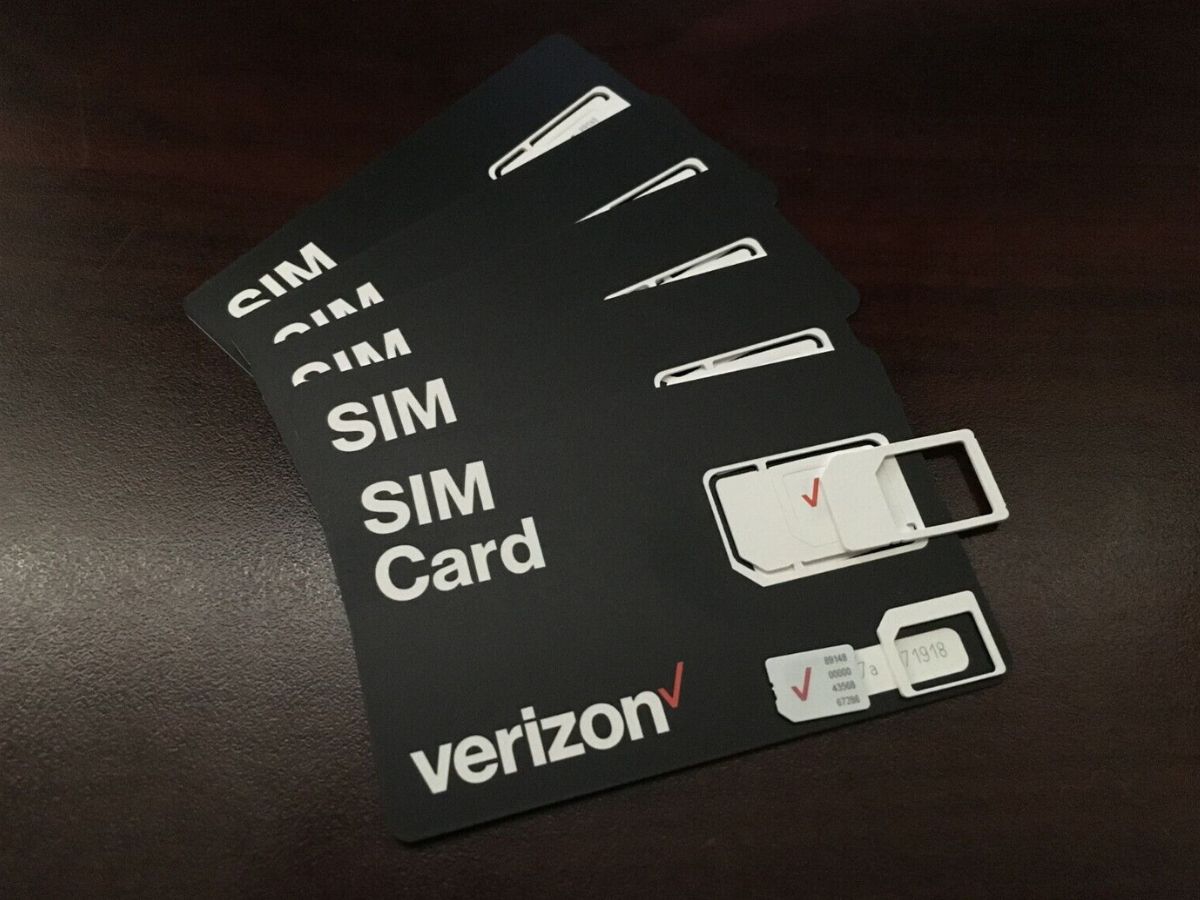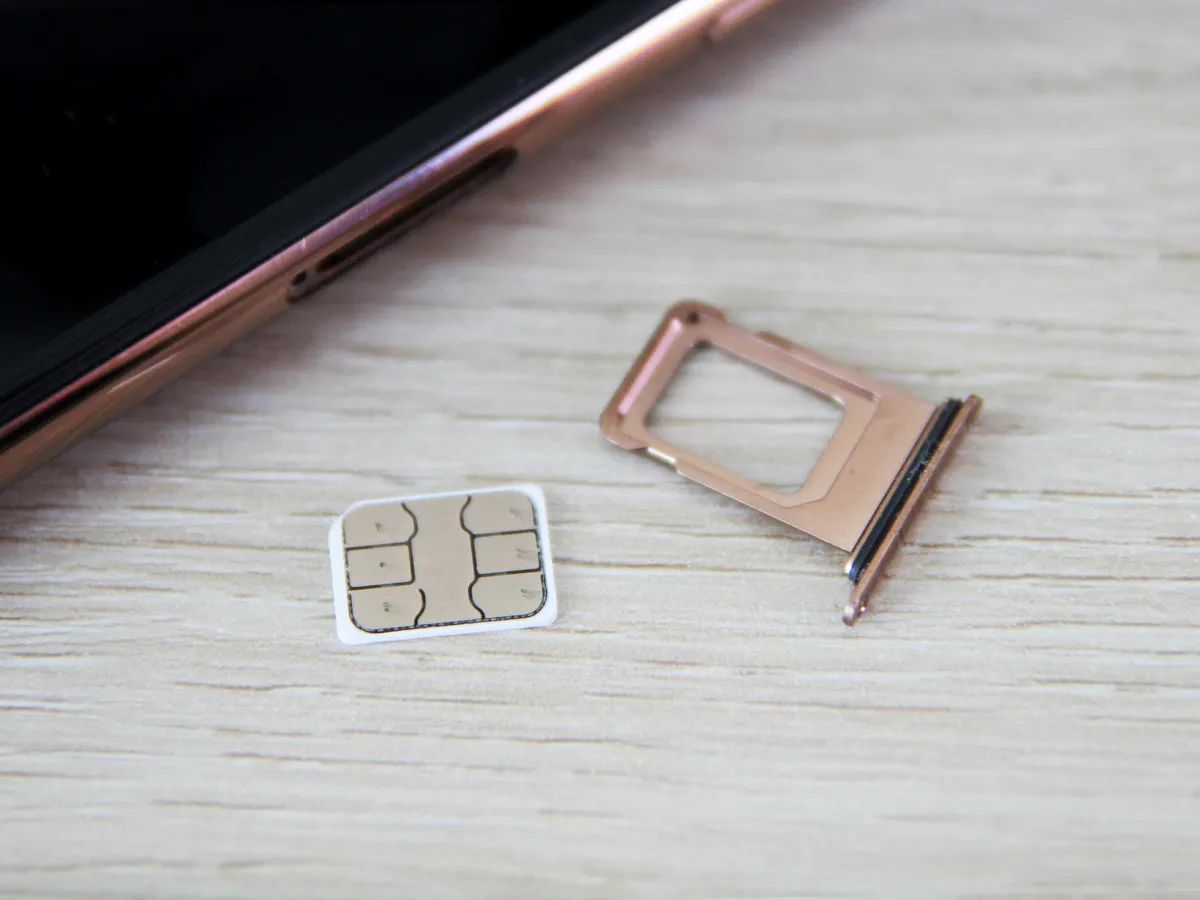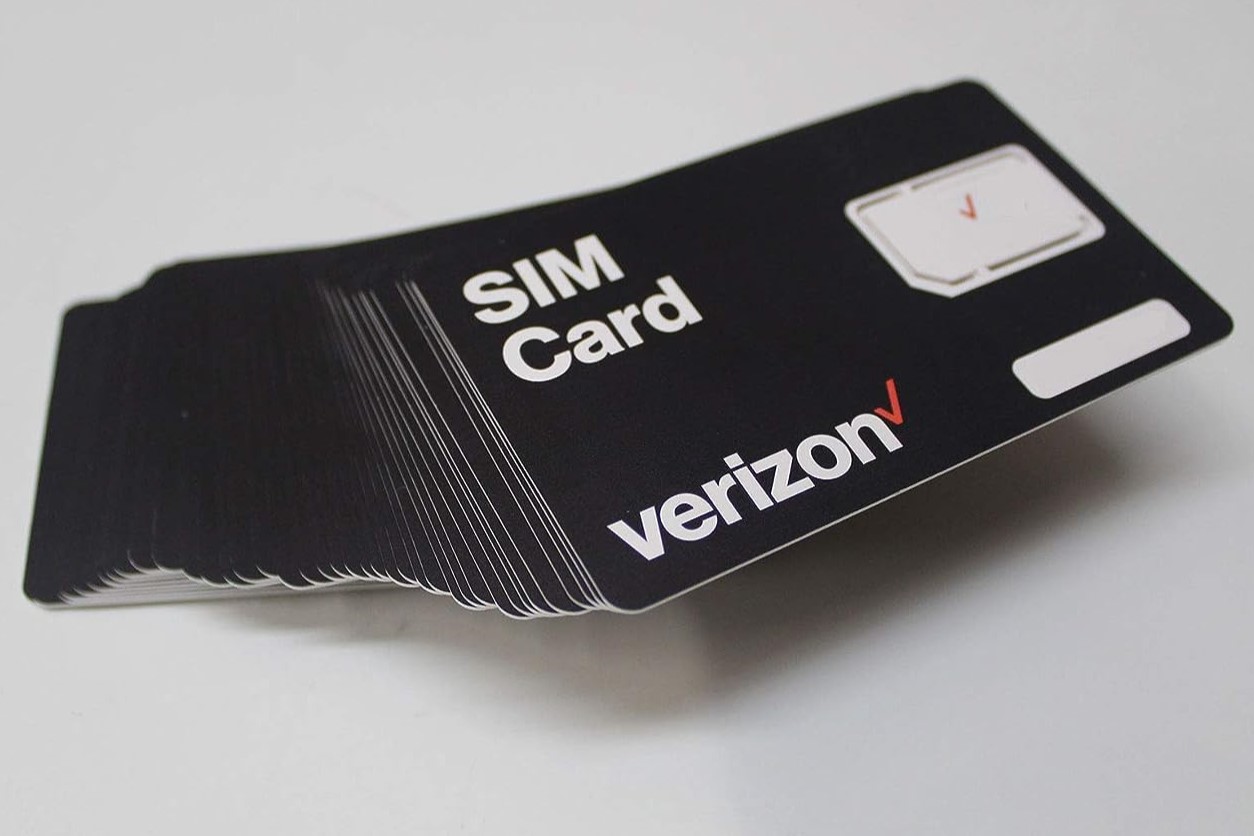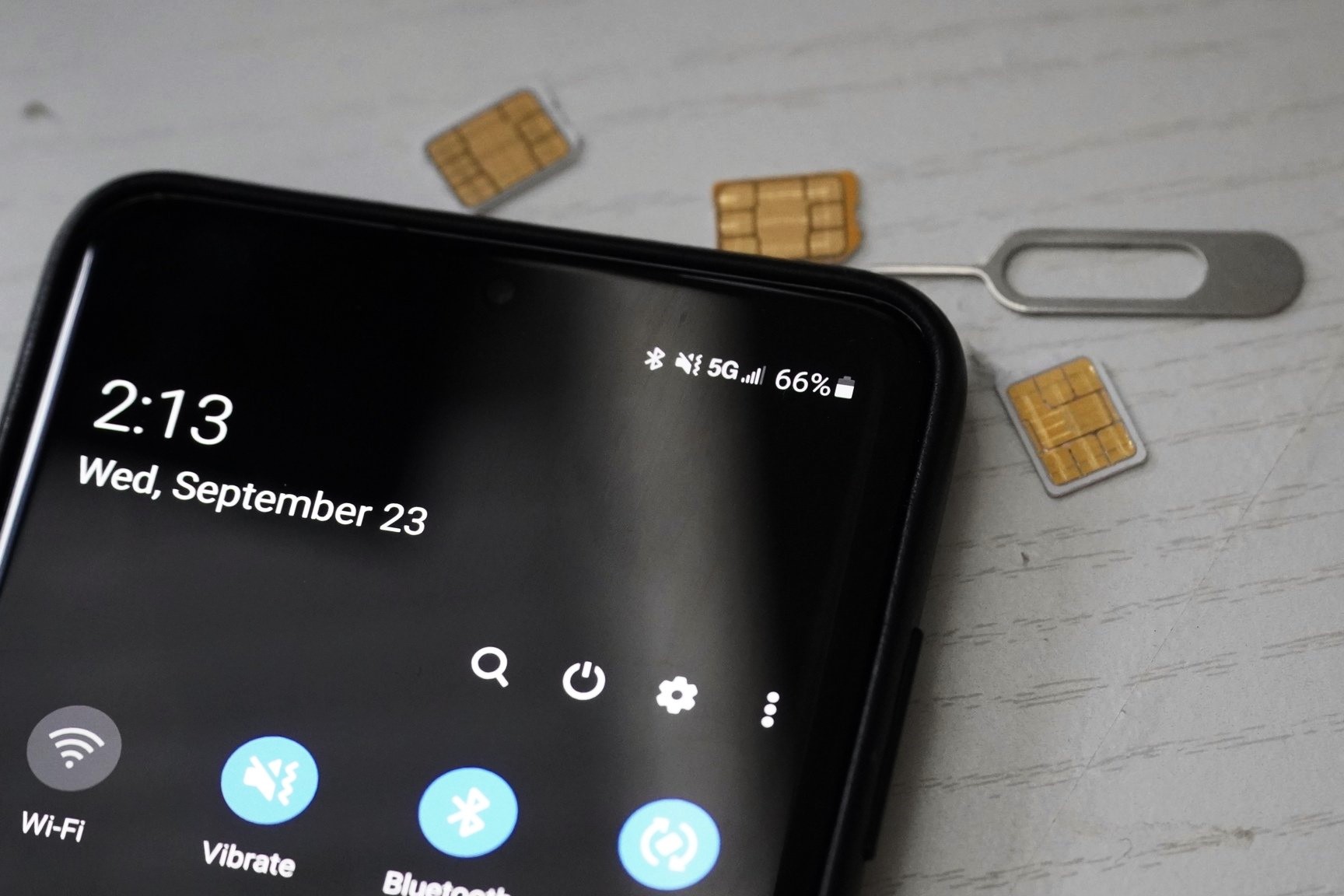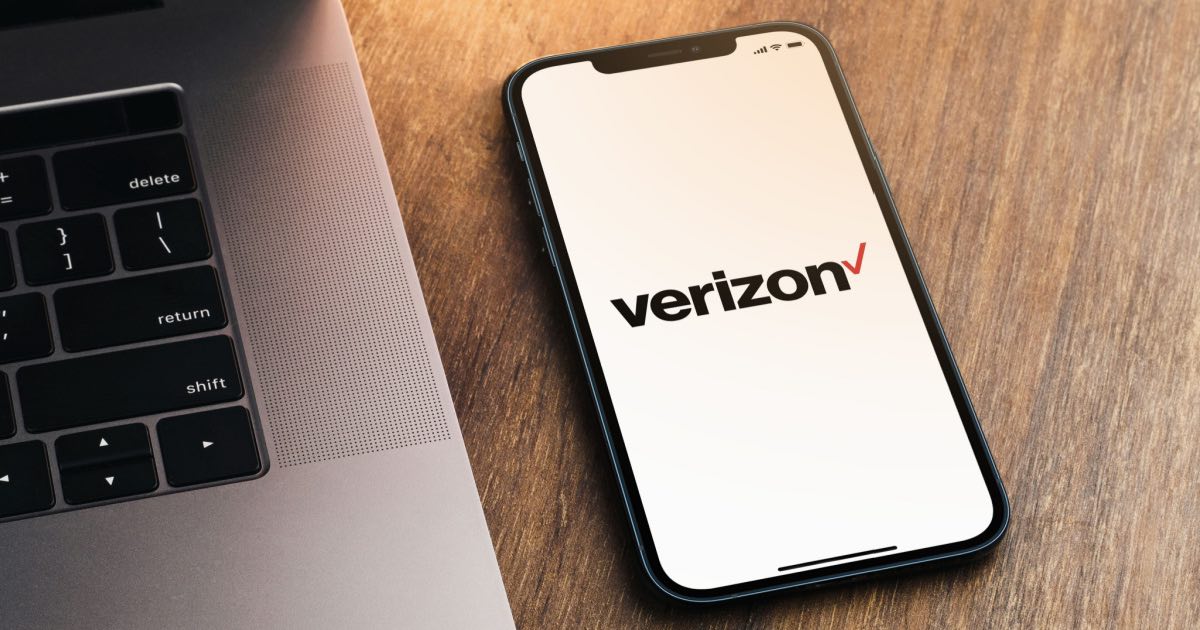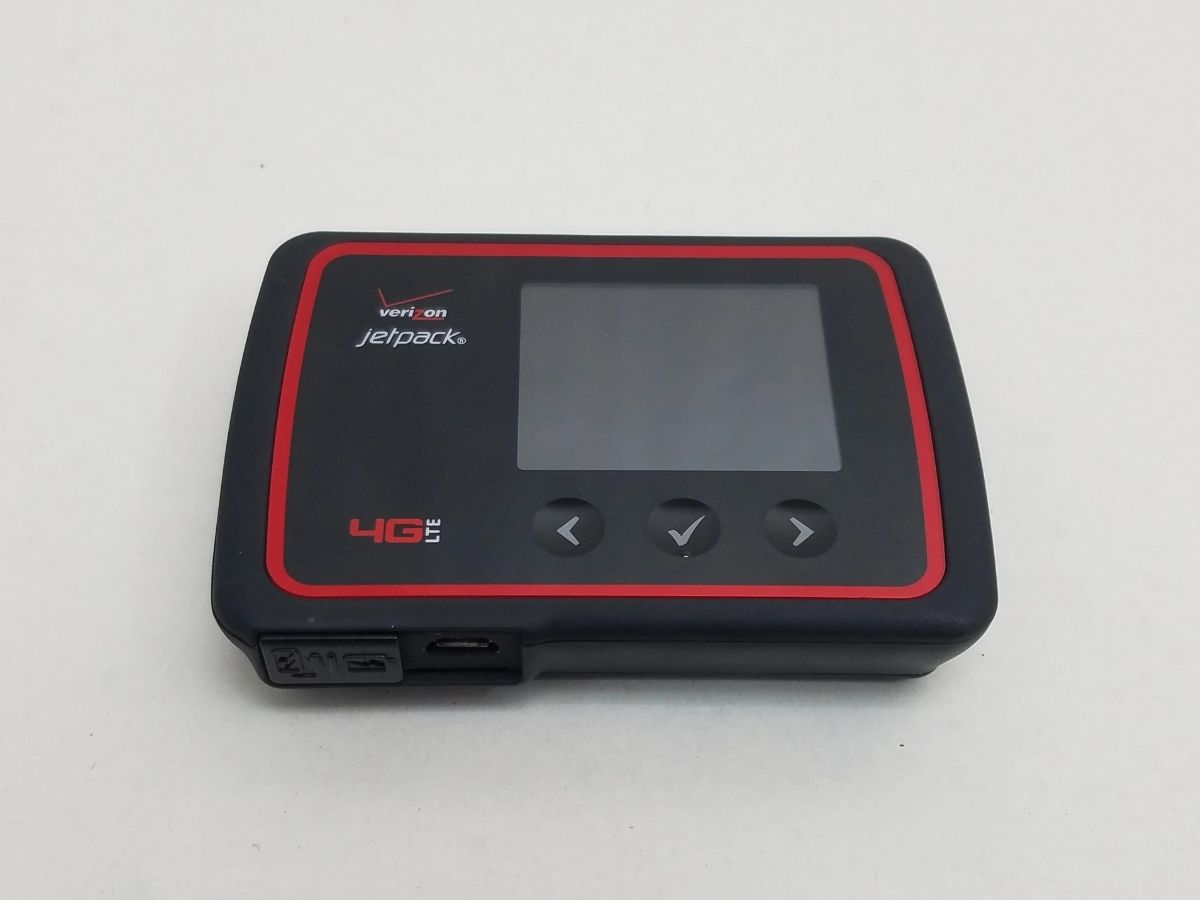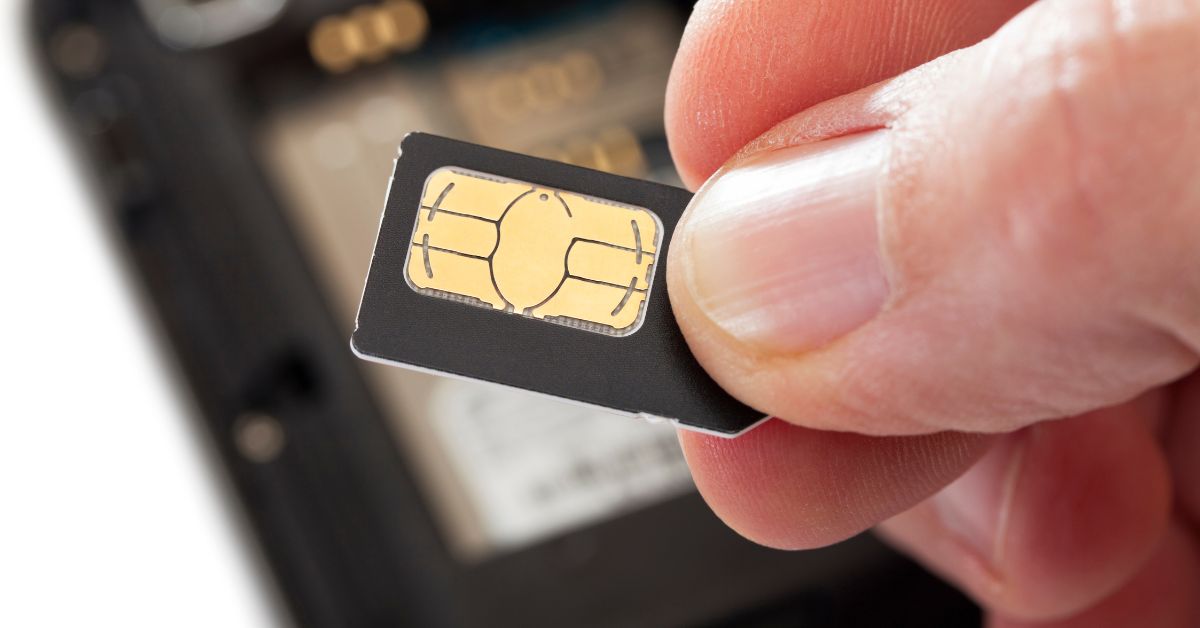What is a SIM Card?
A SIM card, or Subscriber Identity Module card, is a small, removable card that is inserted into mobile devices such as smartphones, tablets, and some routers. It plays a crucial role in enabling cellular communication by securely storing the subscriber's identity and account information. This tiny yet powerful piece of technology is essential for connecting to a mobile network and accessing voice, text, and data services.
The SIM card contains a unique serial number, known as the ICCID (Integrated Circuit Card Identifier), which is linked to the mobile network provider's system. Additionally, it stores the IMSI (International Mobile Subscriber Identity), which authenticates the subscriber's identity and allows the network to recognize the device. The SIM card also holds the authentication key, which is used to encrypt and decrypt communication between the mobile device and the network, ensuring the security and privacy of the user's data and calls.
Furthermore, SIM cards come in different sizes, including standard SIM, micro-SIM, and nano-SIM, to accommodate various device models. The evolution of SIM card technology has led to the development of eSIM (embedded SIM) cards, which are integrated directly into the device's hardware, eliminating the need for a physical SIM card.
In essence, the SIM card serves as the bridge between the mobile device and the cellular network, enabling seamless connectivity and communication. Its compact size belies its significance in facilitating the mobile experience, making it a fundamental component in the realm of telecommunications.
Types of Verizon SIM Cards
Verizon offers a range of SIM cards tailored to different devices and connectivity needs. Understanding the types of Verizon SIM cards available can help users select the appropriate one for their specific requirements.
-
Standard SIM Card: This traditional SIM card, also known as a mini-SIM, was the standard for older devices. While it is less common in modern smartphones and tablets, some older models may still require this type of SIM card.
-
Micro-SIM Card: Smaller than the standard SIM card, the micro-SIM is designed for devices that have a slimmer profile. Many mid-range smartphones and older models use micro-SIM cards.
-
Nano-SIM Card: The nano-SIM is the smallest SIM card available and is commonly used in most modern smartphones and tablets. Its compact size allows for more internal space in devices, making it the preferred choice for manufacturers.
-
eSIM (Embedded SIM): Unlike traditional SIM cards, the eSIM is integrated directly into the device's hardware. This technology eliminates the need for a physical SIM card and allows for remote provisioning of mobile services. Devices with eSIM support offer greater flexibility and convenience for users.
-
5G SIM Card: With the advent of 5G technology, Verizon offers specialized 5G SIM cards optimized for devices capable of leveraging the enhanced capabilities of 5G networks. These SIM cards are tailored to deliver the full potential of 5G connectivity, providing users with faster speeds and lower latency.
Understanding the distinctions between these Verizon SIM cards is essential for ensuring compatibility with specific devices and network technologies. When acquiring a new SIM card or upgrading to a different device, users should verify the type of SIM card required to guarantee seamless activation and optimal performance.
By offering a diverse range of SIM cards, Verizon accommodates the varying needs of its customers, whether they are using legacy devices that require standard or micro-SIM cards or the latest 5G-capable smartphones that benefit from specialized 5G SIM cards. This versatility underscores Verizon's commitment to providing reliable and efficient connectivity solutions for a broad spectrum of devices and user preferences.
How to Insert a Verizon SIM Card
Inserting a Verizon SIM card into a mobile device is a straightforward process that varies slightly depending on the device model. Whether it's a smartphone, tablet, or mobile hotspot, the following steps provide a general guide for inserting a Verizon SIM card:
-
Identify the SIM Card Slot: Locate the SIM card slot on the device. In most cases, the slot is situated on the side of the device or under the back cover, depending on the design of the device.
-
Power Off the Device: Before inserting or removing the SIM card, it is advisable to power off the device to prevent any potential damage to the SIM card or the device itself.
-
Remove the SIM Card Tray: For devices with a SIM card tray, such as many smartphones, use the SIM eject tool or a small paperclip to gently push into the pinhole next to the SIM tray. This will release the tray, allowing it to be pulled out carefully.
-
Place the SIM Card: Position the Verizon SIM card on the tray, aligning it with the designated notch or groove to ensure it fits securely. For devices without a tray, simply insert the SIM card into the designated slot.
-
Reinsert the Tray: Carefully reinsert the SIM card tray back into the device, ensuring it is properly aligned and seated.
-
Power On the Device: Once the SIM card is securely in place, power on the device. It may take a few moments for the device to recognize the newly inserted SIM card and establish network connectivity.
It's important to note that some devices, particularly those with eSIM support, may not require a physical SIM card insertion. Instead, eSIM activation involves a digital setup process provided by the carrier.
Verizon's commitment to user-friendly experiences extends to the seamless integration of SIM cards into devices. By following these simple steps, users can easily insert a Verizon SIM card, enabling them to harness the full potential of Verizon's expansive network and services.
Whether it's for a new device activation, SIM card replacement, or upgrading to a 5G-compatible SIM, the process of inserting a Verizon SIM card is designed to be hassle-free, allowing users to quickly and effortlessly establish connectivity and enjoy the benefits of Verizon's reliable network.
Activating Your Verizon SIM Card
Activating a Verizon SIM card is a pivotal step in harnessing the full potential of Verizon's network services. Whether it's for a new device, a SIM card replacement, or an upgrade to a 5G-capable SIM, the activation process is designed to seamlessly integrate the SIM card with the user's device, enabling swift and reliable connectivity.
New Device Activation
When acquiring a new device from Verizon or an authorized retailer, the activation of the Verizon SIM card is often part of the initial setup process. Users are guided through the activation steps, which may involve scanning the SIM card's QR code or entering the activation code provided with the SIM card packaging. Following the on-screen prompts, users can swiftly activate their new device and SIM card, allowing them to immediately access Verizon's network services.
SIM Card Replacement
In the event of a lost, damaged, or malfunctioning SIM card, users can request a replacement SIM card from Verizon. Activating the replacement SIM card involves associating it with the user's account and device. This can typically be done through Verizon's online portal, where users can enter the new SIM card's details and follow the prompts to complete the activation process. Once activated, the replacement SIM card seamlessly takes over the connectivity functions, allowing users to resume their mobile services without interruption.
5G-Capable SIM Upgrade
For users transitioning to a 5G-capable device or seeking to leverage Verizon's advanced 5G network, upgrading to a specialized 5G SIM card is essential. Activating the 5G SIM involves ensuring compatibility with the user's device and initiating the activation process through Verizon's official channels. Users may need to follow specific instructions provided with the 5G SIM card to complete the activation, enabling them to unlock the enhanced capabilities of Verizon's 5G network.
Seamless Integration
Verizon prioritizes a seamless and user-friendly activation experience, aiming to streamline the process for users across various scenarios. By providing clear instructions and intuitive activation methods, Verizon ensures that users can swiftly and effortlessly activate their SIM cards, empowering them to enjoy uninterrupted connectivity and access to Verizon's comprehensive range of mobile services.
Enhanced Connectivity
Once the Verizon SIM card is successfully activated, users can experience the full spectrum of benefits offered by Verizon's robust network, including reliable voice calls, lightning-fast data speeds, and access to an array of innovative features and services. The activation of the SIM card marks the gateway to a seamless and enriching mobile experience, underlining Verizon's commitment to delivering exceptional connectivity solutions to its users.
In essence, activating a Verizon SIM card is a pivotal step that seamlessly integrates the user's device with Verizon's network, enabling uninterrupted access to cutting-edge mobile services and fostering a seamless and enriching mobile experience.
Troubleshooting Verizon SIM Card Issues
Encountering issues with a Verizon SIM card can be a frustrating experience, disrupting the seamless connectivity that users expect. However, understanding common problems and their solutions can help users troubleshoot and resolve SIM card issues effectively.
1. No Network Connection
If the device fails to establish a network connection despite the presence of a Verizon SIM card, several factors could be at play. Begin by ensuring that the SIM card is inserted correctly and that the device is within Verizon's coverage area. Additionally, restarting the device or reseating the SIM card may resolve temporary network connection issues. If the problem persists, contacting Verizon's customer support for further assistance is advisable.
2. Invalid SIM Card Error
An "Invalid SIM Card" message on the device's screen indicates a potential issue with the SIM card's recognition by the device or network. In such cases, gently removing the SIM card, cleaning the contact points, and reinserting it can help establish proper contact. If the error persists, verifying the SIM card's compatibility with the device and ensuring it has been activated correctly are crucial steps in troubleshooting this issue.
3. No Data Connection
Inability to access mobile data services despite having an active Verizon SIM card can be attributed to settings or network provisioning issues. Users should verify that data services are enabled on the device and that the APN (Access Point Name) settings are configured correctly for Verizon's network. If the issue persists, reaching out to Verizon's support team for assistance in verifying the device's data provisioning is recommended.
4. Roaming or International Usage Issues
When encountering difficulties with roaming or international usage, users should ensure that their device's roaming settings are enabled and that their Verizon account is provisioned for international services if applicable. It's essential to check for any roaming restrictions or account-related limitations that may affect the SIM card's functionality when outside the home network.
5. Device Compatibility
In cases where a SIM card is not recognized by the device or encounters compatibility issues, confirming that the device is unlocked and compatible with Verizon's network is crucial. Some devices may require specific settings or updates to enable seamless integration with Verizon's SIM cards, and users should consult Verizon's device compatibility resources or customer support for guidance.
By addressing these common troubleshooting scenarios, users can navigate potential SIM card issues with confidence, ensuring that their Verizon SIM card delivers the reliable connectivity and services that are synonymous with Verizon's commitment to seamless and efficient mobile experiences.
Upgrading Your Verizon SIM Card
Upgrading to a new Verizon SIM card presents an opportunity to enhance connectivity, unlock advanced features, and ensure compatibility with the latest network technologies. Whether transitioning to a new device, embracing 5G capabilities, or seeking to replace an aging SIM card, the process of upgrading a Verizon SIM card is designed to be seamless and user-friendly.
Transitioning to 5G-Capable SIM Cards
As the evolution of mobile networks continues, the emergence of 5G technology represents a significant leap in connectivity capabilities. Upgrading to a specialized 5G SIM card from Verizon is essential for users looking to harness the full potential of 5G networks. These advanced SIM cards are optimized to deliver faster speeds, lower latency, and enhanced network performance, unlocking a new realm of possibilities for users with 5G-compatible devices.
Compatibility and Device Integration
When upgrading a Verizon SIM card, ensuring compatibility with the user's device is paramount. Different devices may require specific SIM card types or settings to seamlessly integrate with Verizon's network. By consulting Verizon's device compatibility resources and customer support, users can navigate the upgrade process with confidence, ensuring that the new SIM card aligns perfectly with their device, thereby optimizing network connectivity and functionality.
Enhanced Services and Features
Upgrading to a new Verizon SIM card may introduce users to enhanced services and features that capitalize on the latest advancements in mobile technology. From improved network coverage to innovative service offerings, the upgraded SIM card opens the door to a diverse array of benefits, empowering users to stay connected, productive, and entertained with the latest mobile experiences.
Streamlined Activation Process
Verizon prioritizes a streamlined activation process for users upgrading their SIM cards, aiming to provide clear instructions and intuitive methods to facilitate the transition. Whether activating a 5G-capable SIM or transitioning to a new device, the activation process is designed to be user-friendly, ensuring that users can swiftly integrate their upgraded SIM card with their device and seamlessly access Verizon's comprehensive range of mobile services.
Seamless Connectivity and Performance
Upon upgrading to a new Verizon SIM card, users can expect seamless connectivity and enhanced performance, underlining Verizon's commitment to delivering exceptional network experiences. The upgraded SIM card serves as the gateway to a world of advanced mobile capabilities, empowering users to leverage the full spectrum of benefits offered by Verizon's robust network and services.
In essence, upgrading a Verizon SIM card represents a pivotal step in embracing the latest in mobile connectivity, unlocking advanced features, and ensuring a seamless and enriching mobile experience. Whether it's for 5G compatibility, device integration, or enhanced services, the process of upgrading a Verizon SIM card is geared towards empowering users with cutting-edge connectivity solutions.







